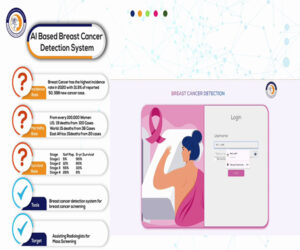Four days ago, a giant 3-kilometer fissure opened up in the ground on the Reykjanes Peninsula in Iceland, sending a river of molten lava flowing across the landscape.
The eruption is the fourth and largest to hit the region since December. It has forced some 3,800 residents from the nearby town of Grindavik to evacuate. Many have said they have no plans to return.
The Earth’s movement, multiGAS machines to measure volcanic gases, infrasound monitors to listen for underground explosions, and GPS units to detect changes in the position of a The Icelandic Meteorological Service uses instruments like seismometers to measure volcano.
These tried-and-tested tools give scientists a glimpse into the inner workings of a volcano. But newer technologies are emerging that could deepen our insights even further.
“It is currently impossible to accurately forecast a volcanic eruption, but there are ways to improve predictions and disaster response,” Stéphane Ourevitch, expert advisor to the EU’s Copernicus space programme, told TNW.
Satellites, drones, and AI can improve the accuracy of predictions and help us monitor their impacts. This could provide lifesaving information for the 500 million people that live in volcanic zones worldwide, and reduce damage to infrastructure.
Especially, AI technology is playing a significant role in enhancing natural disaster preparedness and response, including volcanic eruptions in developing countries like Ethiopia.
Source: thenextweb.com




